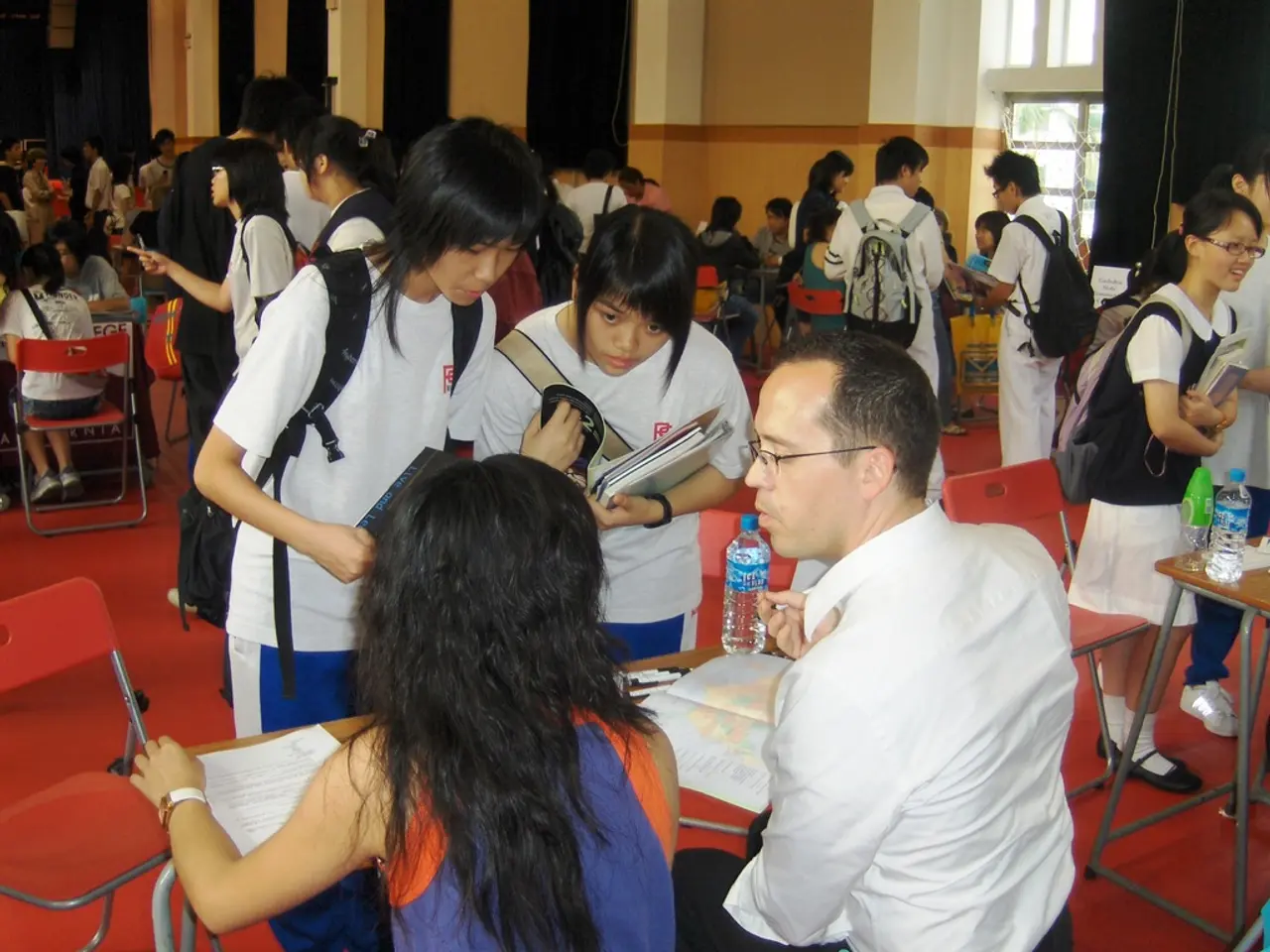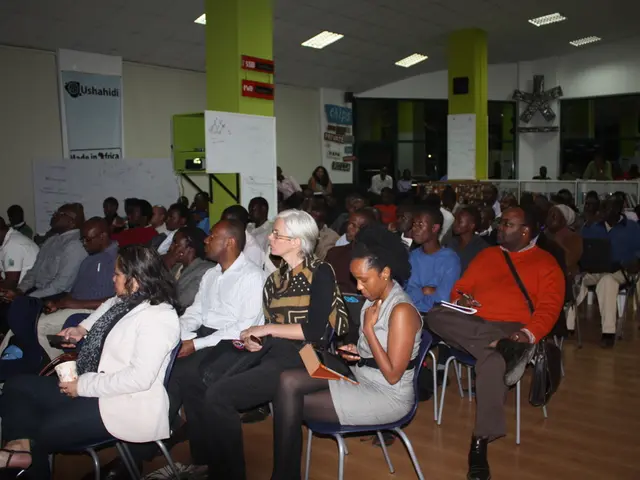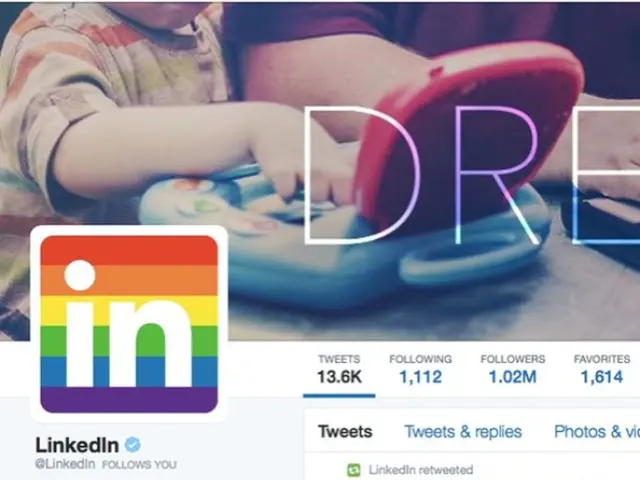Strategies to Foster a Healthy Learning Environment: Essential Approaches for Educators (Revised)
================================================================
In our school, we believe in fostering a nurturing and supportive learning environment for students. Here's how we do it:
Student Agency and Voice
We empower our students by giving them choices in assignments, project goals, and learning formats. By doing so, we help build their confidence, resilience, and motivation. Our teachers serve as facilitators rather than instructors, offering individualized guidance to each student.
Building a Stronger Learning Community
We cultivate a culture of peer support, where students are encouraged to identify and appreciate their support systems. Activities like completing "support system" worksheets and sharing affirmations help foster recognition of caring relationships with peers, adults, and family members.
Prioritizing Emotional Well-being
We understand that emotional well-being is crucial for lifelong success. That's why we implement multiple integrated strategies in our classrooms. These strategies include Social Emotional Learning (SEL), student empowerment, relationship building, creating safe and belonging classrooms, movement and mindfulness, real-world learning, and peer support.
Social Emotional Learning (SEL)
Regular mental health check-ins allow students to express their feelings and connect with peers. This reduces stigma and promotes emotional awareness. Our teachers receive basic mental health training to recognize and support students’ needs appropriately, and refer them to professional help when necessary.
Movement and Mindfulness
Incorporating mindfulness exercises tailored to different age groups, such as breathing techniques, guided meditations, and gratitude activities, helps students develop focus, emotional regulation, and awareness. Classrooms may use environmental cues like soft lighting, natural elements, and a consistent mindfulness schedule to foster calm and support student attention.
Real-World Learning
Empowering students through engagement in mindful group activities like gratitude trees integrates real emotions and shared experiences, connecting learning with meaningful, real-world social interactions.
Building Positive Relationships
Teachers who build positive relationships with students schedule individual check-ins, use affirming language, and adapt learning expectations with empathy. This helps create a respectful, inclusive environment with clear behavioral expectations that promote listening and speaking with respect.
Integrating Real-World Learning into the Curriculum
We use strategies such as morning check-ins, daily reflection circles, and structured peer interaction to support student well-being. Classrooms that support safety and belonging are intentionally structured to encourage interaction, feedback, and connection between educators and learners.
A Future-Ready Education
Our school embeds SEL into classroom instruction through the Approaches to Learning framework. We prioritize emotional well-being and student development alongside academic outcomes. Our school offers an effective model through the International Baccalaureate programme and its whole child philosophy.
Securing Your Child's Place at the School
We offer opportunities for application and collaboration, ensuring that every student has a chance to grow and thrive. We also provide after-school activities for physical activity and mindfulness to further support our students' well-being.
By implementing these strategies, we aim to create a holistic approach where students feel emotionally supported, empowered to engage, physically and mentally regulated through mindfulness and movement, connected to peers and adults, and safe within a classroom culture that values their overall well-being.
- To support the development of our students, our school incorporates an Approaches to Learning framework, emphasizing both academic and emotional well-being within the curriculum.
- By giving students choices and individualized guidance, our teachers aim to build their confidence, resilience, and motivation while fostering a culture of student agency and voice in the classroom.
- Our school prioritizes the strength of our learning community, encouraging students to identify and appreciate their support systems through activities like "support system" worksheets and affirmations.
- Recognizing emotional well-being as essential for lifelong success, our school implements various integrated strategies such as Social Emotional Learning (SEL), student empowerment, relationship building, creating safe and belonging classrooms, and peer support.
- To promote mental health, regular mental health check-ins and basic mental health training for teachers help students express their feelings and connect with peers while ensuring appropriate support for their needs.
- Incorporating mindfulness exercises tailored to different age groups, students develop focus, emotional regulation, and awareness through breathing techniques, guided meditations, and gratitude activities.
- After-school activities for physical activity and mindfulness, alongside the International Baccalaureate program's whole child philosophy, secure a place at our school for students to grow and thrive holistically, emotionally supported and empowered.




